The Godfather Classic Gangster Movie Memories And Memorabilia
By William J. Felchner - May 05, 2023
The gangster movie has been a Hollywood favorite for decades. In fact, many film historians cite D.W. Griffiths 1912 silent effort The Musketeers of Pig Alley as Hollywoods very first gangster flick. What ultimately followed was a plethora of gangster films bearing titles such as Scarface, Little Caesar, The Public Enemy, White Heat, Bonnie and Clyde, The St. Valentines Day Massacre and Goodfellas. In 1972, the gangster movie genre hit it big with a film called The Godfather. One of the all-time great blockbuster movies, The Godfather is extremely popular with todays collectors, who avidly seek out any and all memorabilia associated with the film. The Godfather is based on the 1969 bestselling novel by Mario Puzo. Originally titled Mafia in manuscript form, the film rights to Puzos novel were eventually sold to Paramount Pictures to what now amounts to a paltry $80,000. It was later reported that Puzo, against the advice of his literary agent, had agreed to the movie rights deal as he was desperate for money, having to pay off $10,000 in gambling debts. The Godfather was produced by Albert S. Ruddy for Alfran Productions and Paramount Pictures. Writing the gripping screenplay were Mario Puzo and Francis Ford Coppola, with the latter expertly directing as well. Serving as cinematographer was Gordon Willis with William Reynolds and Peter Zinner as film editors. Providing the music score was Nino Rota. Manning the principal roles in the film were Marlon Brando as Vito Corleone, Al Pacino as Michael Corleone, James Caan as Santino Sonny Corleone, Robert Duvall as Tom Hagen, Diane Keaton as Kay Adams-Corleone and John Cazale as Fredo Corleone. Also appearing in the movie were Richard Castellano, Sterling Hayden, John Marley, Richard Conti, Al Lettieri, Abe Vigoda, Talia Shire, Gianni Russo, Rudy Bond, Al Martino, Morgana King, Johnny Martino, Alex Rocco, Vito Scotti, et al. Budgeted at $6 to $7 million, The Godfather began filming on March 23, 1971. Principal locations included New York City and its surrounding suburbs, California and Sicily. Not all went smoothly, as producer Albert S. Ruddys car windows were shot out, accompanied by an ominous note left on the dashboard: Shut down the movie or else. It was rumored that certain elements of organized crime objected to the production and its portrayal of Italian-Americans, thus the calling card for Ruddy. The Godfather opens in New York City in 1945 at the wedding of Connie Corleone and Carlo Rizzi. Connies proud papa is Don Vito Corleone, the head of one of New Yorks five crime families. Seated behind a desk in his darkened study, Don Vito entertains a succession of guests, who come hat in hand to make certain requests of the Godfather. One tearful request comes from Johnny Fontane, a popular singer and Don Vitos godson, who desires a coveted role in an upcoming movie. Don Vito later dispatches his consigliere Tom Hagen to Hollywood, where lawyer Hagen tries to persuade studio head Jack Wolz to award the part to Fontane. When the surly, combative Wolz refuses, the studio president later awakens in bed at his home to discover the bloody, severed head of his prized racehorse resting beside him. Wolz gets the message, and Fontane gets the role. Murder, mayhem and violence follow as the Corleones engage in a death struggle with the other crime families for dominance in New York City. Don Vito survives an assassination attempt, but hot-headed Sonny Corleone isnt as lucky. Ambushed by tommy gun-wielding gangsters at a toll booth, Sonny is riddled with bullets, thus ending the life of Don Vitos beloved Santino. (James Caans suit was specially outfitted with 127 pouches of fake blood and over 400 explosive squibs to realistically create this powerful, gruesome scene). Michael Corleone, who was never slated to enter the family business, is forced to flee to Sicily following a murder at a Bronx restaurant. Here, Michael retrieved a hidden gun from the bathroom where he returned to his table and gunned down rival Virgil Sollozzo and a corrupt New York City police captain named McCluskey. In ill health, Don Vito handpicks Michael as his successor, bypassing older son Fredo whom he deems as unsuitable for the job. Back from his self-exile in Sicily, Michael takes full control of the reins after Don Vito dies of a heart attack in 1955. While Michael attends the baptism of his Godson, Corleone hitmen under Michaels orders fan out across the city and elsewhere, eliminating business rivals and those who had plotted against the family. Later included in the carnage is brother-in-law Carlo Rizzi, who is garroted by assassin Clemenza while seated in a car after Michael had personally assured the man that he would simply be exiled and not murdered. The Godfather premiered at Loews State Theatre in New York City on March 14, 1972. The movie proved to be an instant hit, garnering a slew of favorable reviews and striking gold at the box office. In time, The Godfather became the highest-grossing picture of 1972 and later garnered 11 Academy Award nominations, bringing home Oscars for Best Picture, Best Actor (Marlon Brando) and Best Adapted Screenplay. The Godfather, which produced two sequels, The Godfather Part II (1974) and The Godfather Part III (1990), is huge with todays collectors. One of the most prized items is a signed first edition by author Mario Puzo (1920-99). One 1969 The Godfather G.P. Putnams Sons first edition presentation copy, inscribed For Patty & Julie, With whom I spent one of my most pleasant evenings in Hollywood, Best Mario Puzo, sold at auction for $3,750 in very good condition. As for movie posters, look for The Godfather advance one-sheet (27-by-41 inches), which features the tagline, The Godfather is now a movie with artwork by S. Neil Fujita. One example in folded very fine condition brought a top bid of $408 at auction. The movies standard one-sheet poster (27-by-41 inches) is also a simple, yet attractive item. One example in folded fine-very fine condition was purchased at auction for $384. One of the most colorful artifacts and a perennial collector favorite is the pictures eight-card lobby set, which features various movie scenes, including Sonny Corleones bloody demise at the toll booth at the hands of a congregation of rival mob violin players. Prominently displayed in movie theater lobbies of the day, one set of 11-by-14 inch cards in overall very fine condition sold at auction for $408. Foreign movie posters are also very big with collectors, as many of them feature more elaborate artwork than their American counterparts. The Australian one-sheet poster (27-by-40 inches) is one such artifact, picturing Marlon Brando in the center surrounded by nine key color scenes from the movie. One example in very fine condition brought a top bid of $1,434, an offer the auction house couldnt refuse. Another attractive foreign entry is the Japanese BO poster (38-by-62 inches), which features seven color movie scenes. One example in rolled very fine+ condition sold at auction for a reasonable $191.20. Many collectors cite The Godfather Polish poster (22-by-32 inches) as the very best among the foreign movie poster attractions. The artwork features a haunting rendition of Marlon Brando as Don Vito Corleone. One restored example on linen in very fine+ condition brought a top bid of $286.80 at auction. Miscellaneous The Godfather items include a handsome set of 20 2-by-2 inch color slides released as promo/press items by Paramount Pictures. One set in very good condition sold at auction for $192. For those collectors with an eye out for original movie props and costumes, theres an original gray three-piece suit worn by Robert Duvall as consigliere/lawyer Tom Hagen in the film. Made by Augustus of Rome, New York, the suit in excellent condition, accompanied by an all-important letter of authenticity, was taken home at auction by one buyer for $1,015.75. Auction results and images are courtesy of Heritage Auctions, Dallas, Texas. William J. Felchner is a graduate of Illinois State University. His work has appeared in a number of periodicals, including Hot Rod, True West, Movie Collectors World, Corvette Quarterly, Big Reel, Old West, Sports Collectors Digest, Illinois, Goldmine and Pennsylvania Magazine.


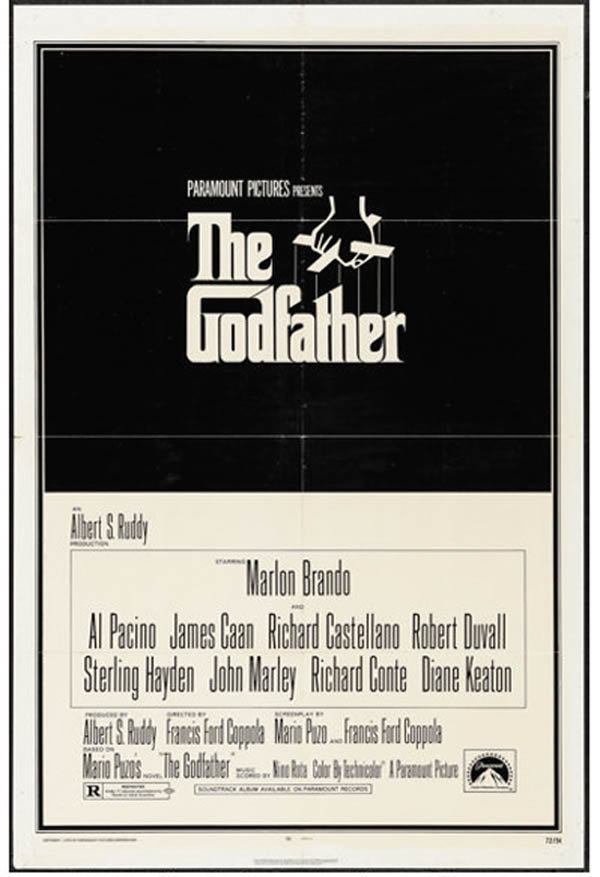
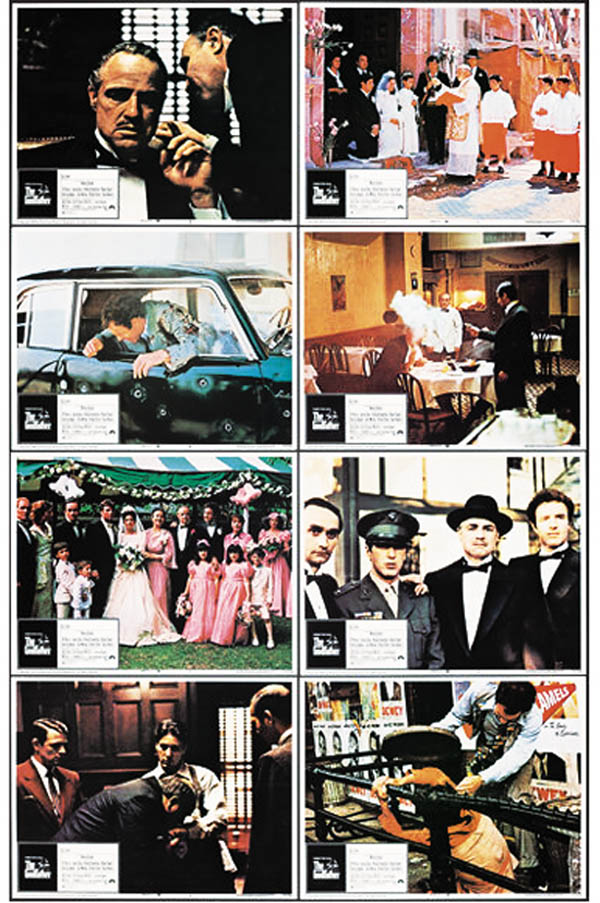
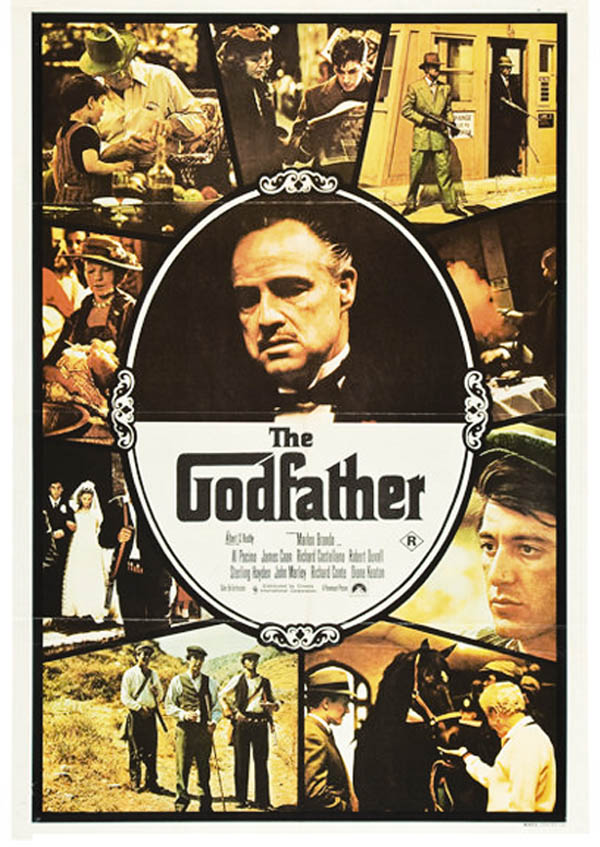
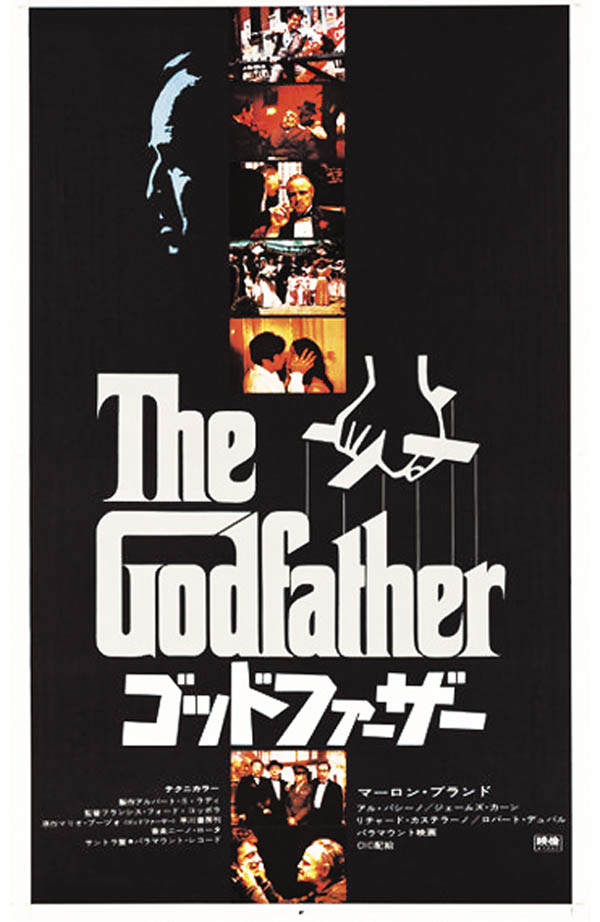
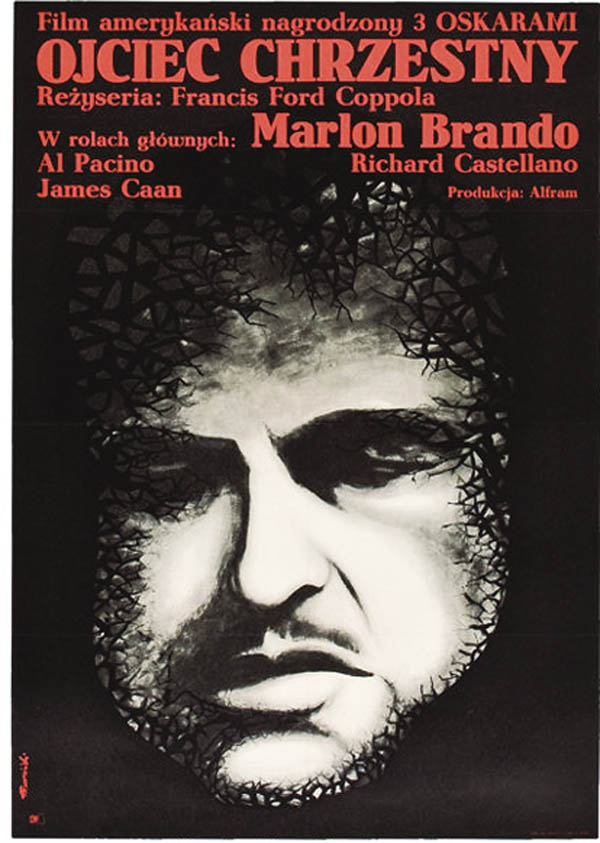

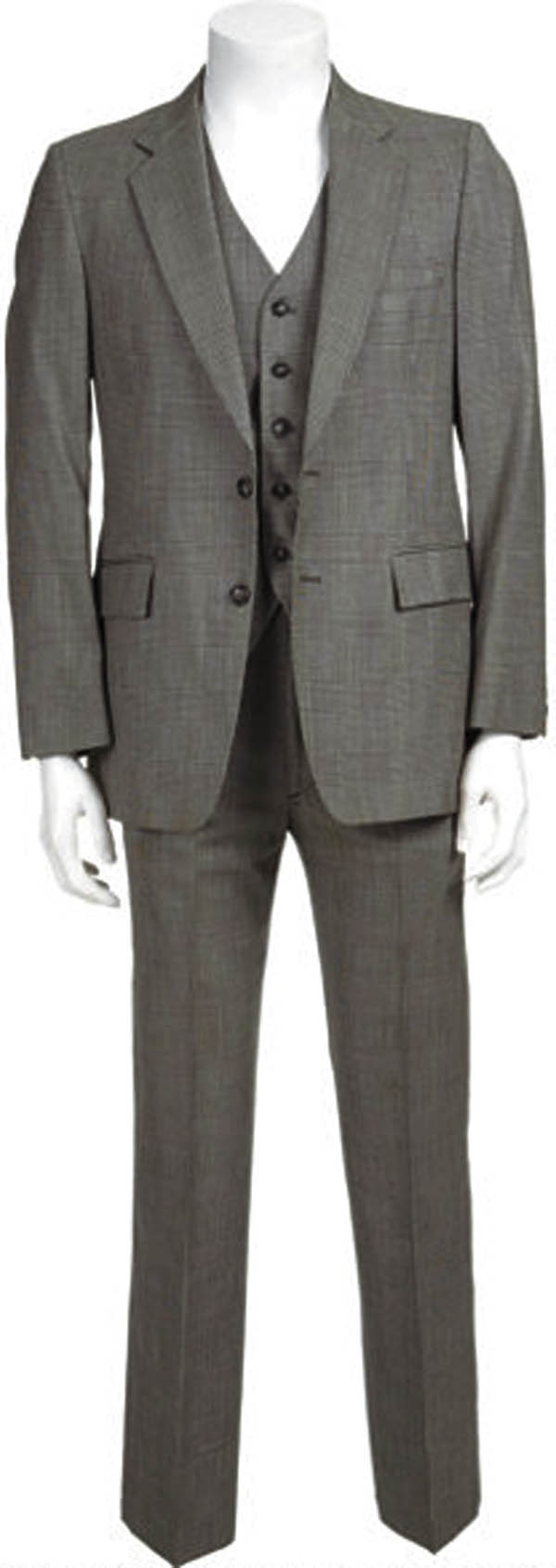
SHARE
PRINT